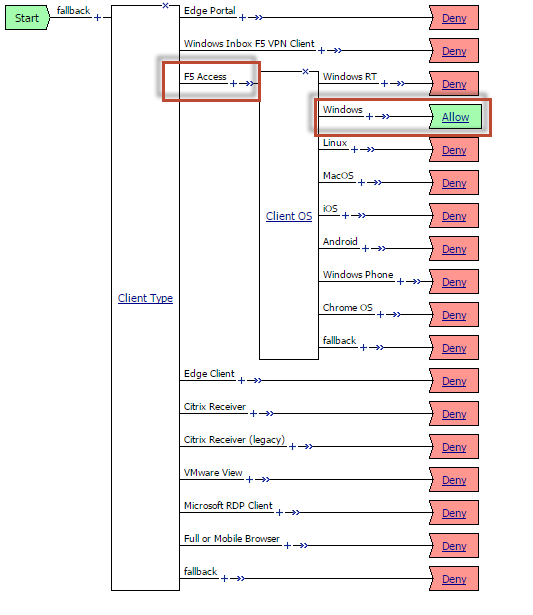


Enter or change your login information:.If you don't see the icon in your menu bar, navigate to your Applications folder to find the client, then double-click it to open it.If you see an F5 icon in your menu bar, click it and select Show Main Window.To have your personally-owned Mac configured to use the F5 Big-IP client, contact Feinberg IT at the Big-IP Edge Client for the first time, or after a NetID password change All you need to do is add your NetID and NetID password to complete the configuration. Your computer settings were also modified to automatically open the client when you turn your computer on. However, in some Windows 10 builds the option is not available on some reasons (there are different problems: you cannot edit the field, the setting is not saved, or the setting form is not opened when you click TCP/IPv4 properties), so you may have to use other ways to solve the problem.When the F5 Big-IP Edge client was pushed to your University computer, it was preconfigured with the appropriate server information to allow you to connect easily. Make sure that Use default gateway on remote network option is checked in the IP Settings tab.Īfter you uncheck the “ Use default gateway on remote network” option and reconnect to your VPN gateway, you will have access Internet on your computer through your ISP connection.Open the Networking tab, select Internet Protocol Version 4 (TCP/IPv4) and click Properties.Open the list of network connections in the Control Panel ( Control Panel\Network and Internet\Network Connections) and go to the properties of your VPN connection.The easiest way is to change TCP/IP settings of your VPN connection through the Control Panel.

Using Set-VpnConnection cmdlet with the SplitTunneling parameter in PowerShell.In Windows 10, you can enable split tunneling (disable Internet traffic routing through a VPN tunnel) in three ways: After disconnecting from VPN, all user traffic will go through a common network and the Internet access will appear.Ī mode, when some traffic (access to corporate resources) is sent through a VPN tunnel and the rest of traffic (Internet access) goes through a local network connection, is called split tunneling. If remote clients are allowed to access only local corporate resources and the Internet access is restricted on the VPN server, a remote user won’t be able access external websites and other Internet resources from their computer. It means that all traffic from your computer is sent through a VPN tunnel. When creating a new VPN connection in Windows (all version), the option Use default gateway on remote network is enabled by default.


 0 kommentar(er)
0 kommentar(er)
